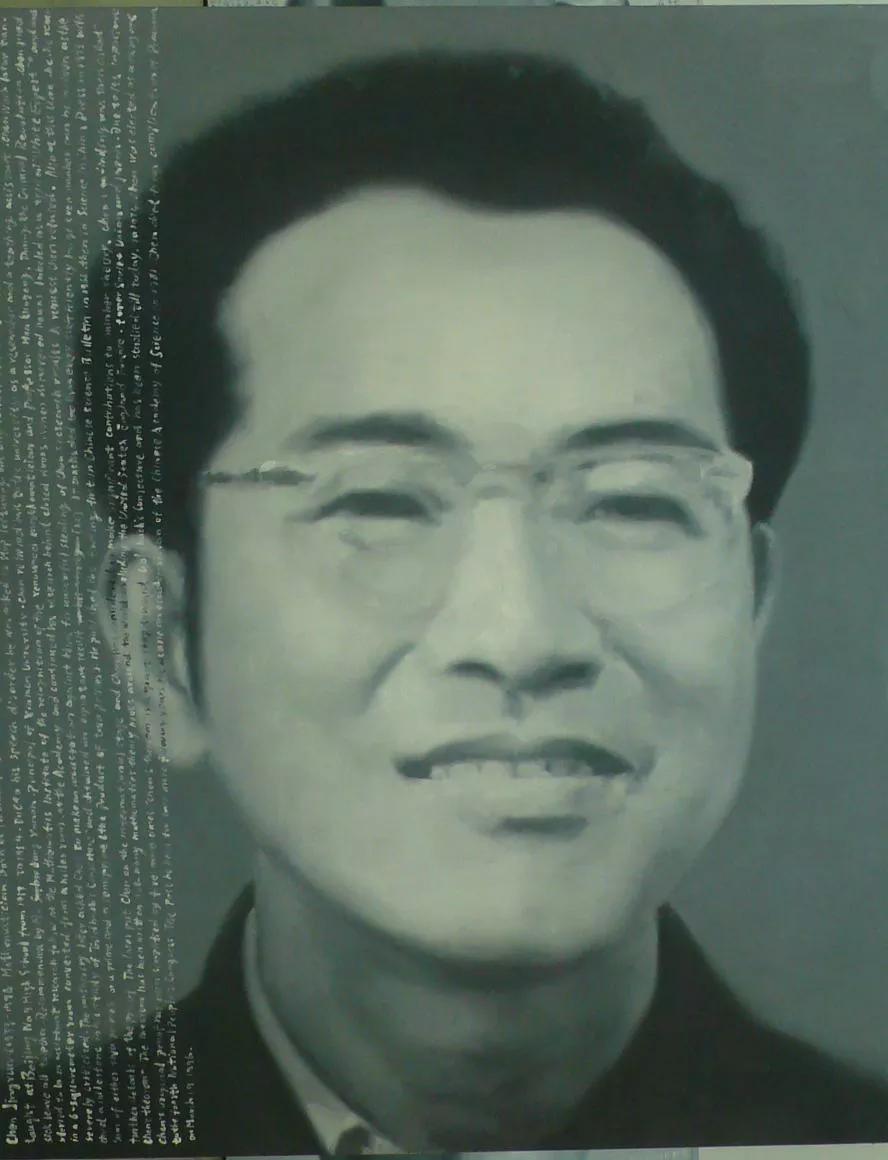<h1 class="pgc-h-decimal" data-index="01" > opening story: The Hundred Chicken Problem</h1>
During the Southern and Northern Dynasties of China, there was a prodigy in the north, named Zhang Qiujian, whose computing ability was superior and famous.
An official wanted to test Zhang Qiujian, so he called Zhang Qiujian's father and ordered him to take 100 yuan to buy 100 chickens. At that time, the price of chickens was five yuan for a rooster, a three-dollar hen, and three chickens for one penny.
Father knew that this was a problem deliberately created by the official, but he thought left and right, but he just couldn't think of a way to do it, anxious like ants on a hot pot, sighing and frowning. Zhang Qiujian knew, seriously thought about it for a while, and asked his father to buy 4 roosters, 18 hens and 78 chicks to send.
Father calculated, sure enough, a hundred dollars and a hundred chickens!
So he bought the chicken and happily sent it to the government.
Unexpectedly, the official master came up with a new trick: still give him 100 yuan and ask him to buy another 100 chickens. However, this time the number of roosters is not limited, that is, it is not allowed to buy 4!
At this time, the father was worried again. Fortunately, the son came up with a way: buy 8 roosters, 11 hens and 81 chicks, still a hundred chickens.
Father happily sent the chicken again, thinking that this time it was time to end!
The official counted the number of chickens, and then calculated the number of money, and sure enough, it was just right! He laughed with delight. "How clever! Will do things! Give me another 100 pennies and buy me 100 chickens. It's just that the number of roosters, hens and chicks can't be the same as the previous two times. ”
The father was really crying and laughing, so he had to go home again with his head down and tell his son about the situation.
This time still did not upset Zhang Qiujian, he told his father: just buy 12 roosters, 4 hens and 84 chicks! This is the famous "hundred dollars and one hundred chickens" problem in history. The mystery of its solution is:
4 rooster money + 3 chicken money = 7 hen money = 21 wen, so if you buy 7 less hens, the rest of the money can buy 4 roosters and 3 chickens. In this way, a hundred chickens are still a hundred chickens, and a hundred dollars are still a hundred dollars. Therefore, only one answer is asked, no matter what the other party asks, just adjust the number of chickens according to the above equation to find other answers.
<h1 class="pgc-h-decimal" data-index="02" > Chen Jingrun's solution</h1>

Chen Jingrun (1933~1996) is a famous mathematician in China, who has achieved remarkable results in the study of the Goldbach conjecture, an important classical problem of number theory. He proved the "Chen (1+2) theorem", that is, "large even numbers can be tabled as the sum of the products of one prime number and no more than two prime numbers", which is recognized as the "brilliant peak" of the sieve method in the world. In 1978, he wrote a book "Elementary Number Theory" for "comrades with junior high school and high school degrees", with the purpose of helping everyone read the book of point number theory. It is not easy to tell the problem of number theory in a simple and understandable way, and it is even more difficult to go from shallow to deep, especially to flatten some important mathematical ideas in "unconsciously", leading you from "mountains and rivers" to "willow dark flowers". This kind of approach based on the present and taking a long-term view is very easy for people to do. When reading his book, we must digest it well and do not "enter the treasure mountain and return empty.".
Chen's solution goes like this:
Let x, y, and z represent the number of chickens, hens, and chicks respectively
Image
In order to find the solution to this equation, first find the equation
7s+4t=1 (35-8)
solution.
Because 1= 4-3 = 4 - (7-4) = -7 + 4×2
That is, s=-1 and t=2 are a set of solutions to the equation (35-8).
Note: Such a special transformation contains a very important idea of "seeking oneness", and the reader is invited to associate it with the more derogatory method and the "unknown number of things" problem and think deeply about it. Let x=100s, y=100t, then
7x+4y=100(7s+4t)=100
So x=-100 and y=200 are an integer solution to equation (35-7). We can prove that all solutions to the equation (35-7) can be expressed as
x=-100-4t,y=200+7t,(t=0,±1,±2,···) (35-9)
Since x, y represents the number of chickens and hens, x≥0, y≥0, substituted into the (35-9) formula, solved
Because t is an integer, t=-28, -27, -26, -25, and z=3t. This results in the following four sets of solutions:
Chen Jingrun's breakthrough from "1" embodies the idea of "seeking one", which is also the basic idea of ancient mathematicians in China to deal with such problems, and we will explain it in detail later.
Chen Jingrun's solution comes from:
"Ancient Chinese Arithmetic", Science Press, 2004, first edition, 2005 printing, author: Yu Zuquan, secondary school mathematics special teacher.